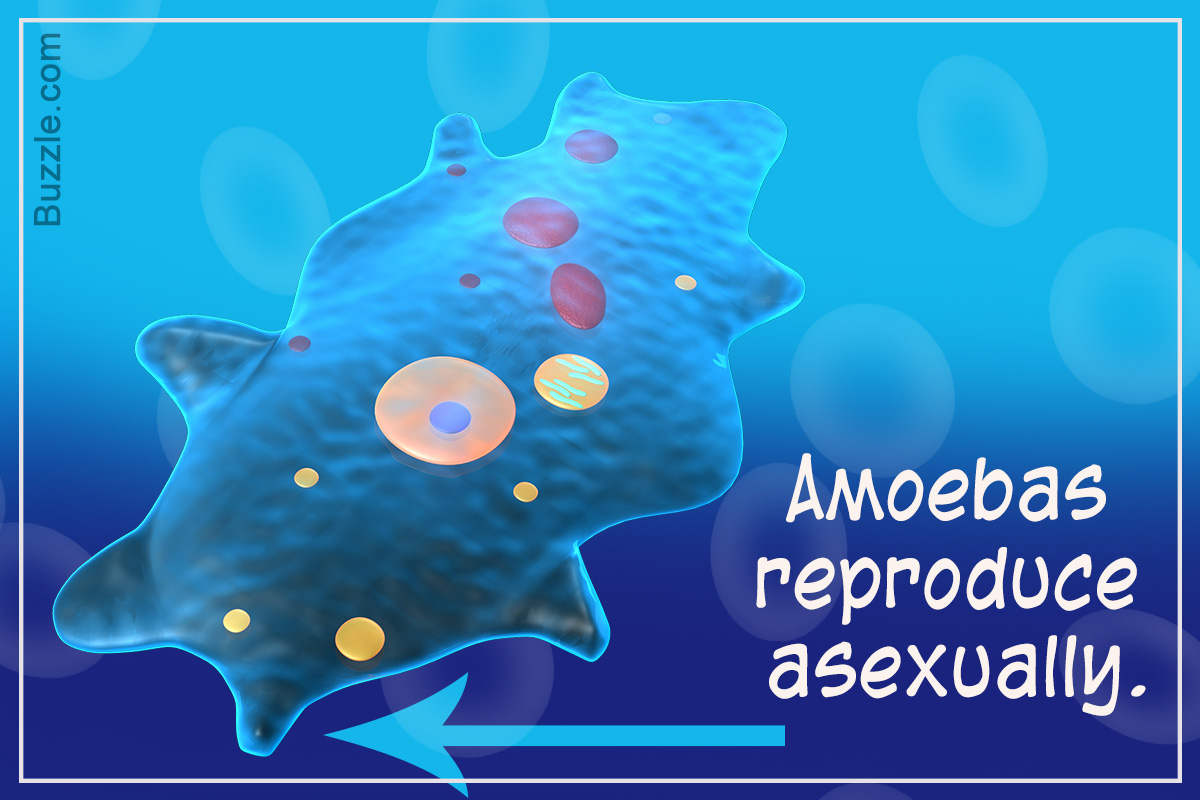
The amoebas are one of the commonly observed microbes. The amoeba facts presented in this write-up include details about different characteristics of these organisms.
A microscopic unicellular organism which belongs to the Ameobozoa kingdom, ‘amoeba’, was discovered in 1757 by August Johann Rosel von Rosenhof from Germany. Naturalists of earlier times named the amoeba after the Greek god, Proteus who was capable of changing his shape. The word ‘amibe’, which means ‘change’ in Greek was used to denote the amoeba by Bory de Saint-Vincent. One can say that amoebas are omnipresent because they thrive in soil, water and in body parts of animals.
Facts about Amoeba
Amoeba doesn’t have a fixed body-shape and it appears similar to blobs of jelly-like substance. By constantly changing its shape, the amoeba creates body extensions known as pseudopods – which assist in locomotion. The amoeba can also gather food with the help of these pseudopods. The process through which food is consumed by amoeba is referred to as phagocytosis. Important body components of these unicellular organisms include the nucleus, cytoplasm and vacuole. The nucleus is discoid and granular. Its diameter ranges from 22-62 mkm. In most cases, the nucleus has a concave shape. There are many things which need to be understood about this important microbe. However, few important and established facts including the details about pathogenic nature of amoeba, digestion, locomotion and other processes are explained through the points listed below.
- The process of breathing in amoeba takes place through cell membrane.
- The diet of amoebas include bacteria, metazoa, protozoa, plant cells, etc.
- Digestion of food in amoebas takes place in vacuoles.
- Contractile vacuoles perform the task of removal/excretion of water and waste materials from the body.
- Reproduction in amoeba is asexual in nature. Process of asexual reproduction in amoeba is known as binary fission.
- Important marine amoebas include the Vannella and Platyamoeba. Different areas in which these amoeba are found include the fronds of seaweeds, coastal rockpools and even open spaces of sea.
- The places rich in organic matter are known to contain high amount of amoeba.
- The most commonly found pathogenic amoeba include Entamoeba histolytica, Acanthamoeba, Balamuthia, Naegleria fowleri and Hartmannella.
- Some of the pathogenic bacteria use the body of amoebas to thrive and multiply.
- The amoeba is known to have a large genome. There are 290 base pairs present in the genome of Amoeba proteus.
- Contact with dilute or saline water creates excessive osmotic pressure and affects the amoeba. The cell of amoeba prevents salt influx when it comes in contact with saline water. This results into the cell becoming isotonic; it causes the cell to shrink further.
- Movement of amoeba while it is in search of food is governed by chemotaxis.
- Presence of organic content in the surroundings is favorable for the growth of amoeba. This is because, organic content helps increase the bacterial population. The amoeba thrives in areas with high bacterial population.
- The taxon, Sarcodina is classified into Actinopoda and Rhizopoda. Amoebas grouped under Rhizopoda possess unsupported pseudopodia. Those grouped under Actinopoda have stiff pseudopodia.
- Most species of amoeba resemble the Amoeba proteus. It is therefore, important to undertake careful study before coming to any particular conclusion about identification.
Kingdom: Protista
Sub-kingdom: Protozoa
Phylum: Plasmodroma
Class: Sarcodina
Sub-class: Rhizopoda
Order: Amoebida
Family: Amoebidae
Genus: Amoeba
Few Interesting Facts
Here are few interesting facts about the amoeba.
- The Pelomyxa palustris is the largest of all amoebas found in pond water.
- The amoebas are mostly known as pathogens. However, it is interesting to know that most amoebas recovered or obtained by scientists are non-pathogenic.
- The amoeba is known to take the cyst form when it encounters potentially threatening situations. In the cyst form, the amoeba secretes the cyst membrane for protection. Also, it rolls into a ball. Amoeba returns to its original form when the situations becomes favorable.
- To prevent cannibalism, the amoeba secretes a chemical which keeps other amoebas away. This kind of chemical secretion can also protect the amoeba from predators.
The amoeba is amongst the organisms which infest almost all places of the world. Therefore, it is one of the important creatures of this planet. There is great scope to conduct research about amoeba since, very less is known about this microbe. Hopefully, we will get to know more facts and interesting information about the amoeba.